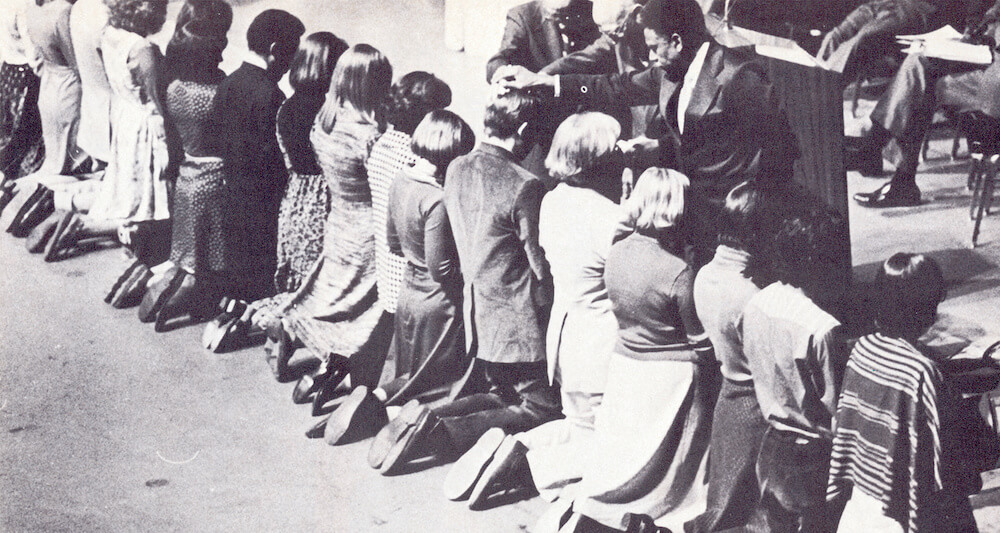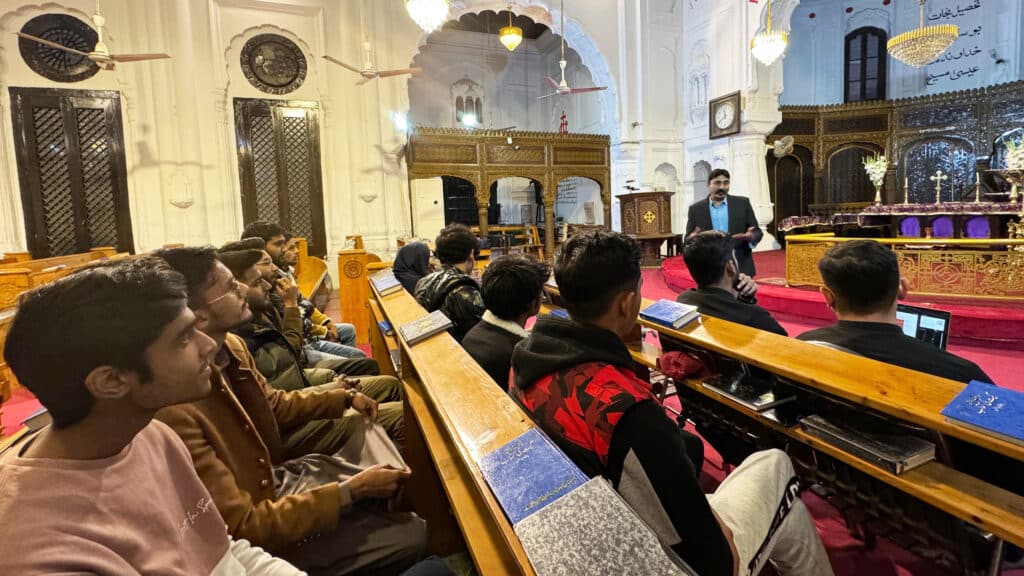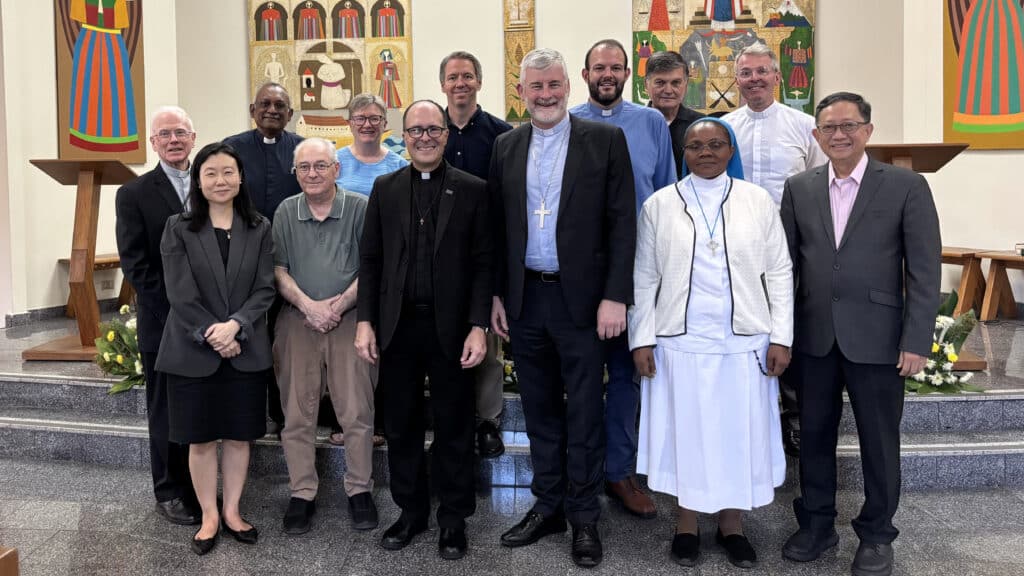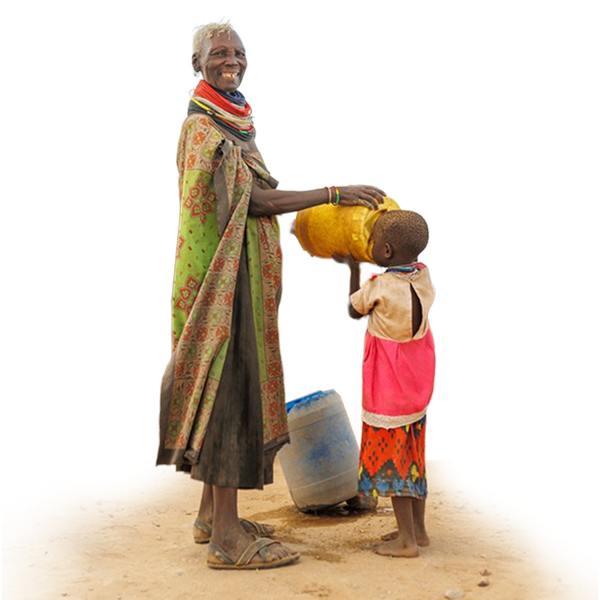By Christie R. House
April 2020 | ATLANTA
A farmer planting his crops hopes for a good season and waits patiently for the time of harvest. Just like the farmer, we sow seeds of hope, trusting the Holy Spirit to nourish and sustain.
Kate Crystal Bael, Global Mission Fellow (2019-2021),
from the Philippines, serving with the Institute of Human Rights,
Central American University, El Salvador
Today’s Global Mission Fellows represent a legacy extending back to an innovative program launched in 1948. The creation of short-term missionary service for young adults resulted from a need to rebuild the missionary community after World War II.
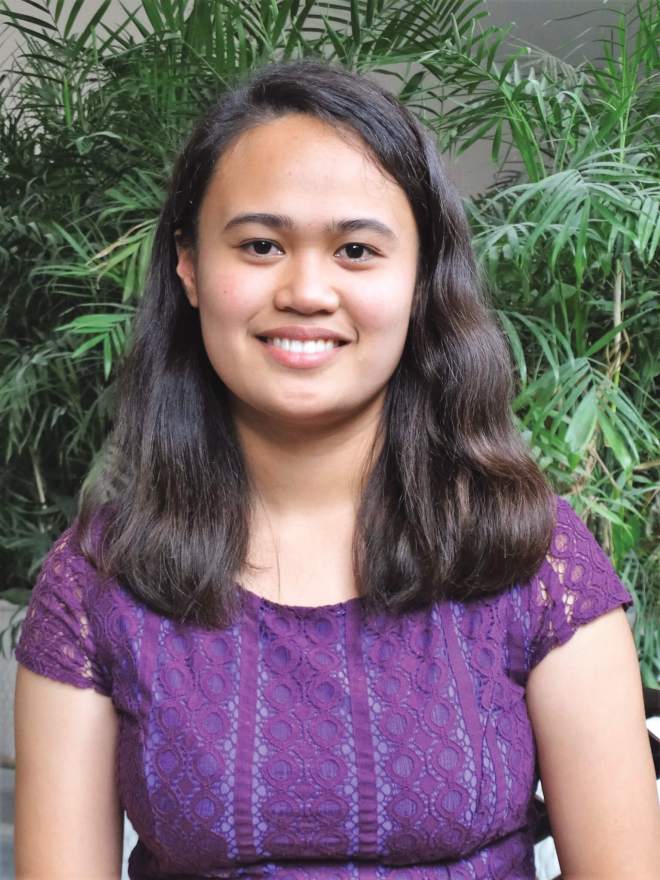
PHOTO: GLOBAL MINISTRIES
The war devastated much of Europe and Asia and disrupted political relations and economic connections across the world. Methodist churches, schools and hospitals sustained losses. Methodist missionaries were evacuated from much of Asia during the war, but some became prisoners of war and some did not survive. After the war ended, Methodists felt an urgent need to return experienced missionaries to their former assignments and train and commission hundreds more for new assignments to serve a wounded world.
Christian educators in Japan and Korea issued an invitation to the Methodist mission board to send U.S. young adult missionaries to teach in Methodist schools. They did not ask for experienced professors or ordained clergy. Many Christians had been lost in the war and those who were left wanted to get their institutions up and running as quickly as possible to help their countries recover.
Though career missionaries continued to serve, short-term missionaries were deployed to work alongside and subordinate to indigenous leaders in their places of service. The Japanese and Korean school administrators asked for young workers who could teach English.
In the summer of 1948, 48 single young adult missionaries, recent college graduates, both men and women, gathered at Riverdale Country School in Riverdale-on-the-Hudson, New York, and in Hackettstown, New Jersey, for intensive missionary training. In the fall, they were commissioned and sent overseas for 3-year assignments. “World
Outlook,” the mission board’s magazine, described them as “on loan” to the churches and schools that requested them.
Later, these missionaries became known as “J3s” and “K3s” for Japan and Korea. They were joined over time by LA3s serving in Latin America, A3s serving in African countries, I3s in India and so forth.
“Us too”
For most of my life, I have been a dormant seed, witnessing life around me, slowly taking in outside influences, but remaining still and silent, mirroring others. Then, I started to crack my exterior, to allow myself to grow, flourish and take charge of my life.
Benjamin Lasley, US-2 Global Mission Fellow (2019-2021) from North Carolina,
serving with Arch Street UMC in Philadelphia
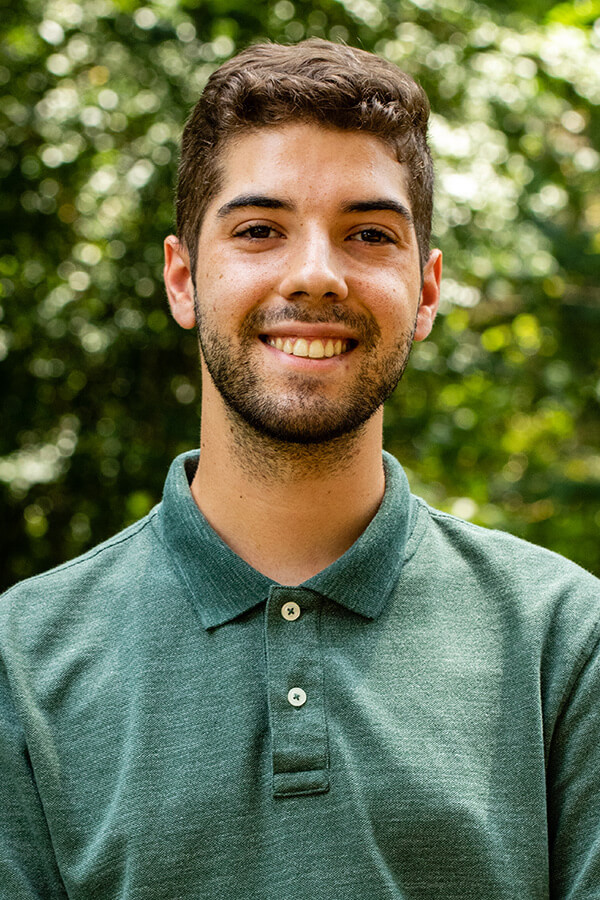
PHOTO: JENNIFER SILVER
The regional threes program of short-term missionary service gained recognition and support in the denomination. By 1950, hundreds of young adults from the U.S. were serving overseas with the board of missions. From the outset, small groups of ethnic-minority young adults, particularly African-Americans recruited from Central Jurisdiction congregations, participated in the young adult program.
In 1951, the Woman’s Division of Christian Service, a forerunner of United Methodist Women, established the US-2 program as a 2-year term of mission service with ministries in the United States. Originally, US-2 stood for “us too,” among Methodist Women, and the program was only open to single women applicants when it began.
The first US-2 class of 40 college graduates came from 18 states. They trained at Scarritt College for Christian Workers in Nashville and were sent to work in rural and urban community centers, hospitals, settlement houses and other kinds of community institutions.
As the 1960s changed the United States and the Methodist Church, the regional three programs ended, but the US-2 program survived. After the Methodist Church merged with the Evangelical United Brethren Church, creating The United Methodist Church in 1968, the US-2 program became part of Global Ministries’ missionary service. By that time, both men and women served as US-2s.
Mission Interns in the UMC
It has been 10 months of experiencing diverse cultures, self-discovery and challenges. My mantra has been: challenges are merely an opportunity to experience and learn something different. The result? I have done things I never thought I could.
Moinina Minah, Global Mission Fellow (2018-2020) from Sierra Leone serving in St. Lucia, Caribbean, with the Methodist Church in the Caribbean and the Americas
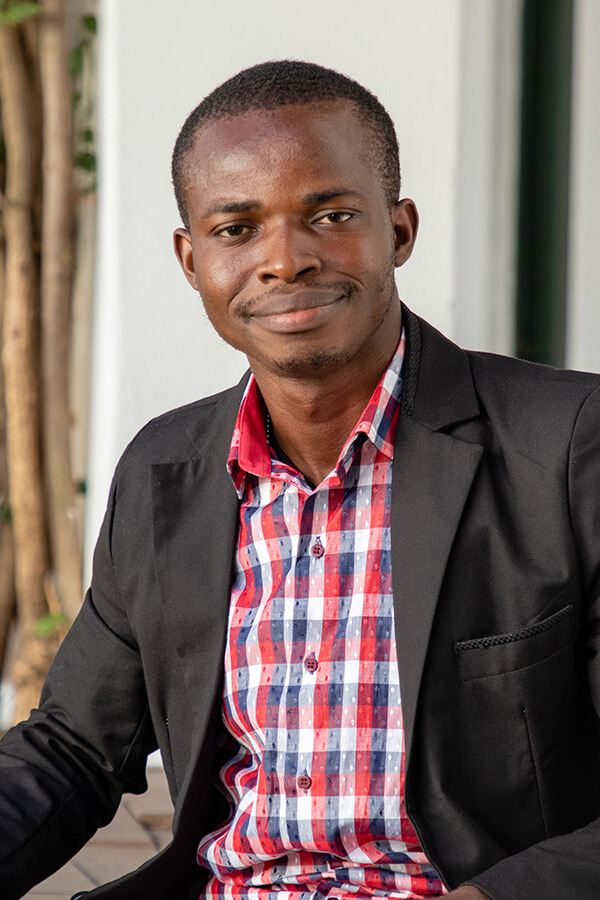
In 1977, Global Ministries launched the Mission Intern program, an opportunity for U.S. young adults to enter a 3-year term of mission service. After a 3-month course of training, mission interns were assigned to 15 months of “work-study” with United Methodist and ecumenical mission partners in regions outside the United States. This overseas term was followed by a year of service in the United States with United Methodist and ecumenical agencies.
The first class of 20 mission interns arrived back in the U.S. in time to participate in the 1979 ecumenical mission study on “Human Rights and the International Order.” Eighteen of the 20 mission interns contributed essays on their mission experience, which were then published as the curriculum for the study.
Eventually the mission intern program became a 3-year term of service, with 18 months overseas service and 18 months in the United States.
Global Mission Fellows in the 21st century
Let me admit, I was initially afraid of failure when I was given the task of working as a Youth Mission and Outreach coordinator in the field of Drug and Substance Addiction. Yet, three months ago, I established the Drug and Substance Addiction Support Group in Etwatwa at John Wesley Community Center.
Happy Mazoni, Global Mission Fellow (2018-2020) from Malawi,
serving Northfield Methodist Church in Benoni City, South Africa
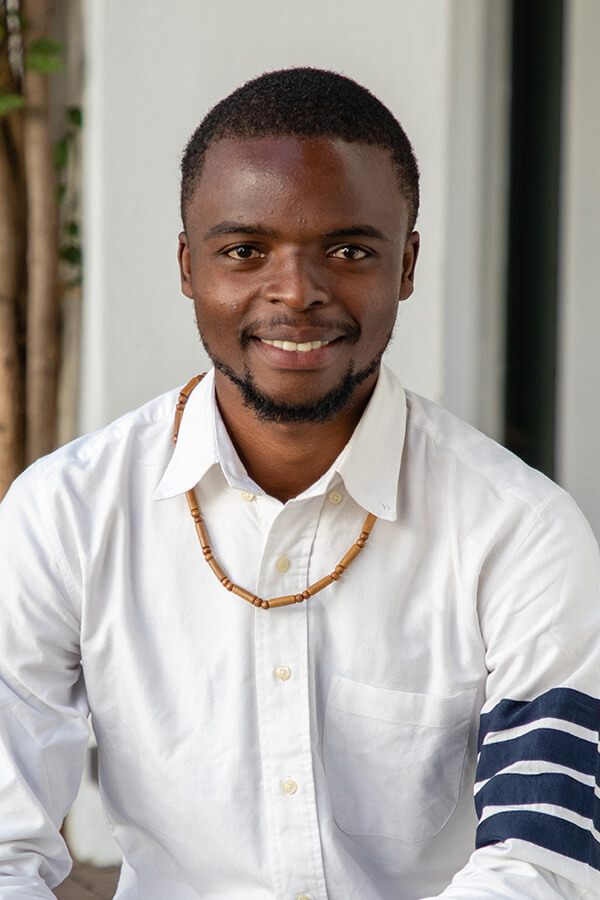
PHOTO: JENNIFER SILVER
Today the Global Mission Fellows program has 111 young adults in service from 31 countries serving in 42 countries. They serve either as US-2s in the U.S. or as International mission workers. Their motto is: See differently; serve differently.
The US-2 Track is for those authorized to work in the United States who feel called by God to serve in the United States. This 24-month service program includes training, transition to a new placement and the experience of intentional or community living.
The International Track is for young adults from most anywhere in the world who feel called by God to serve outside their home countries. The 24-month service program
includes two months of initial training and transition with approximately 22 months of service. An international GMF may also participate in a 2-month integration period immediately following his or her return, working with a project, seeking further training, serving as a fellow-in-residence or speaking about the mission experience for Global Ministries.
Christie R. House is a writer and editor consultant with Global Ministries.
